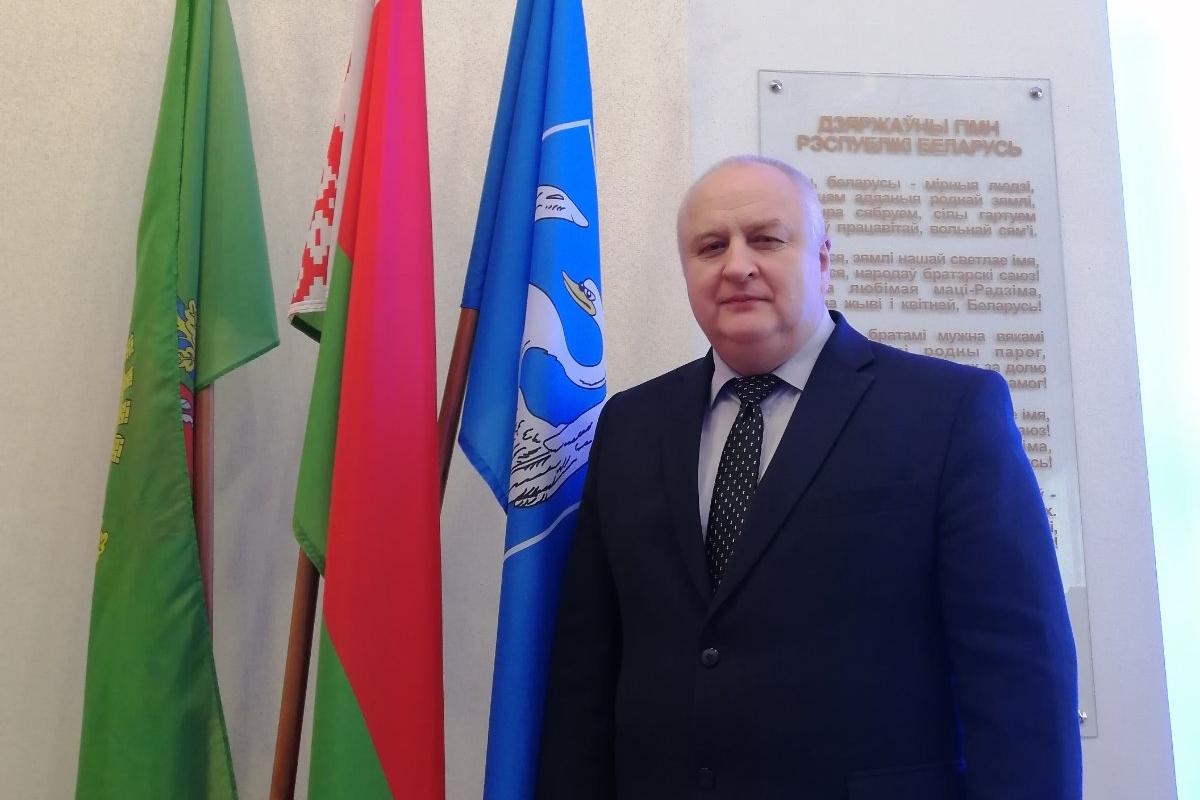Address: 211149, Chashniki, ul. Sovetskaya, 44
Е-mail: chashrik@vitobl.by
Fax: 8 (02133) 3-51-75Phone: 8 (02133) 3-51-82


Address: 211149, Chashniki, ul. Sovetskaya, 44
Е-mail: chashrik@vitobl.by
Fax: 8 (02133) 3-51-75Phone: 8 (02133) 3-51-82


September 17 is an expensive date for our people — the Day of Reunification of Western and Eastern Belarus. Back in 1939, historical justice was restored in relation to the Belarusian people, who were forcibly divided in 1921 against their will under the terms of the Riga Peace Treaty.

– The partition was carried out in a living way, there were no prerequisites for this – neither ethnic nor historical, just the front line became the state border. Our country was divided into two parts. Somewhere 4-6 million people ended up in the Polish occupation," says Valery Drabo, Chairman of the Miora District Council of Deputies. – Unfortunately, the living memory of those events is gone. But there are historical documents and memories left. For example, my grandparents had to live in Poland for a while.
From their stories, I well remember how my maternal grandfather lamented that he could not see his cousins who turned out to be beyond the Western Dvina. His land adjoined the river, but now there was a border along it. Contacts were interrupted. In an instant, a person who happened to be on the other side lost the opportunity to return home.
Central Poland did not pay any attention to the development of its "usodnih kresai". She siphoned off raw materials and labor resources, and was wildly engaged in polonization of the population. The schools are Polish only, the language and culture are the same. My grandfather lived in the village of Khomichi, on the land next to which he grew flax. He paid taxes on land, food and others, and there was little left to live on.
In September 1939, ordinary people greeted the Red Army with flowers, linking hopes for a better life with the Soviet government. However, it was not possible to do much before the war. Another life began after the liberation of the land from the invaders. Industrial enterprises were built, collective farms were created in the countryside.
Now Miorshchyna is a highly developed region, where four industrial enterprises operate, one of which is the most modern in Europe. The tinplate plant provides products to its country and exports them to other countries.
In the post-war years, the quality of life of the population improved. New neighborhoods with well-maintained houses have appeared in the district center, good conditions have been created for the education and development of children. In recent years, city schools have been seriously renovated, and children have received the most comfortable kindergarten in the region with 200 seats.
The engineering and transport infrastructure is constantly developing. For example, 22 degreasing stations have been built to improve water quality. Almost all the urban benefits of civilization have become available to the villagers. A modern hospital has been built in Miory, a polyclinic has been overhauled, a sports and recreation complex with a swimming pool, a dozen stadiums and playgrounds with hard surfaces and outdoor simulators, a network of stationary broadband Internet access, natural gas has arrived in settlements, work is underway to replace and repair electrical lines, which makes homes comfortable.
Despite the difficulties, our people have managed to preserve themselves as a nation and are building equal relations with all States. And this inspires optimism, faith in a bright future and further development of our country.